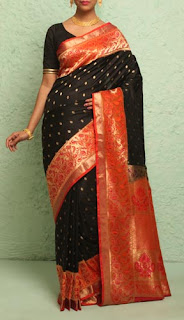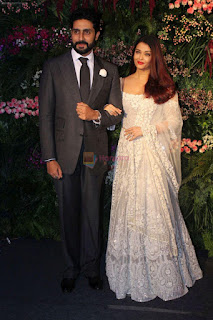On occasion of Republic Day, Shatika the Handloom Saree E-Retailer celebrates 69 years of the Indian Republic with special curate handloom sarees from all parts of the country, thus celebrating India’s oldest tradition - sarees.
An ode to the rich and diverse culture of India, this piece of garment is taken special care to be weaved with threads of fine fabrics and finishing off with mind blowing patterns, which differs as you step on a new region every 20 kms. Besides story behind sarees of different states and regions in India, draping also takes a special space in the world of this ethnic outfit.
Spruced up with celebrated weaves like Bengal tant, Jamdani, Sambalpuri, Kantha, Madhubani, Chikankari, Kancheepuram sarees besides Gadwal, Ikkat, Paithani and Bhandej sarees from the textile rich states of Bengal, Tamil Nadu, Andhra Pradesh, Karnataka, Maharashtra, Gujarat, Orissa and Madhya Pradesh, every type of drape at Shatika has its own unique trend to carry on. A plethora of weaves, textures, colours and patterns representing the diversity of cultures make the whole draping experience a legacy to celebrate round the season and year.
The beauty of Shatika E-Retailer is underscored by handloom sarees that is about celebrating the numerous achievements of our Republic - from the ancient traditions to the modern trends. The store provides a platform to showcase the rich diversity of a nation on the move.
We re-live the jubilation of 1950 every year. In true tradition, Shatika is also duty bound to celebrate with a declaration that our exclusive handloom silk and cotton sarees are yours for less. In patriotic fervour, we offer a discount of upto 50% on all Sarees!
http://bit.ly/2DBWaWz





























